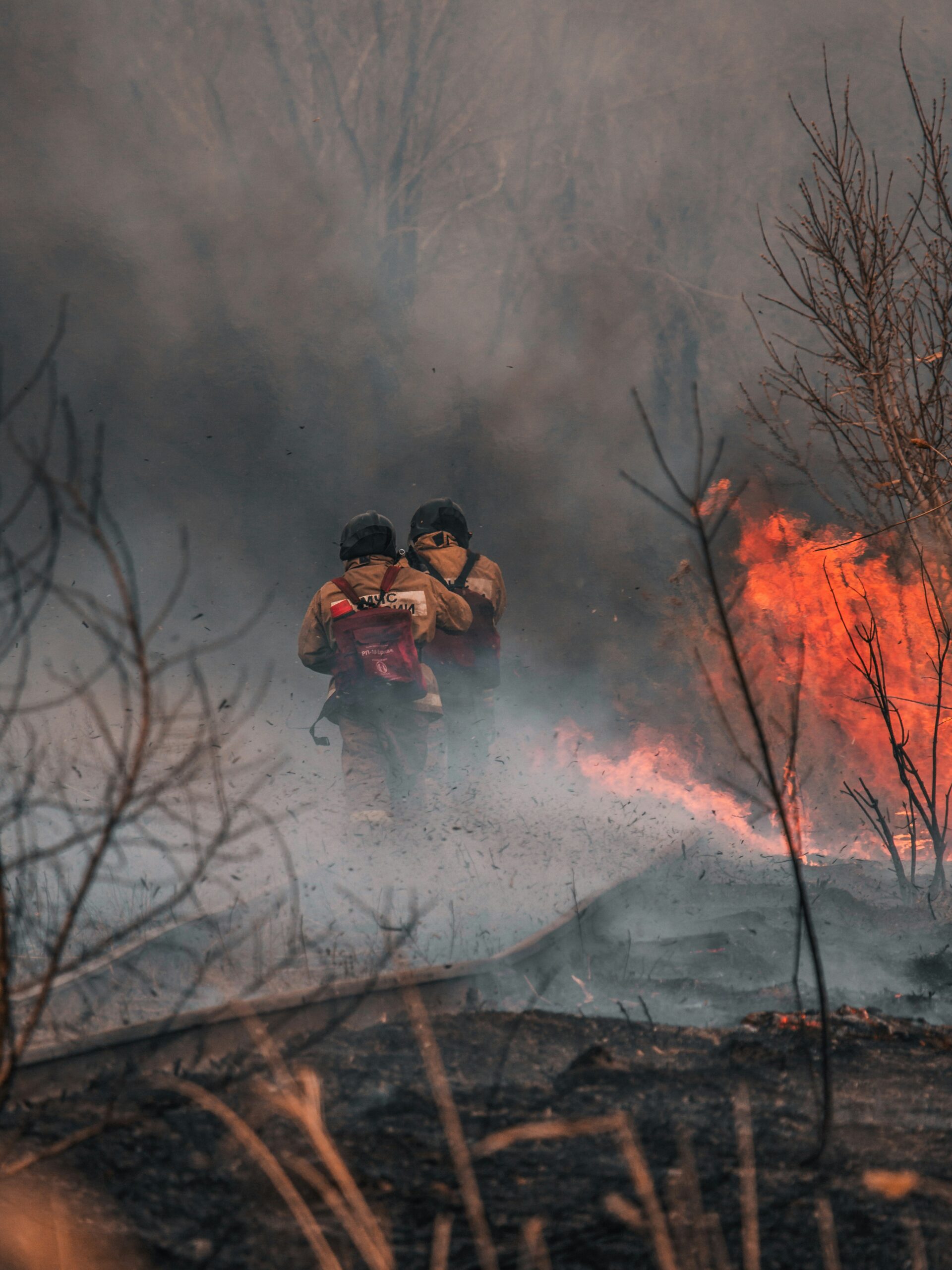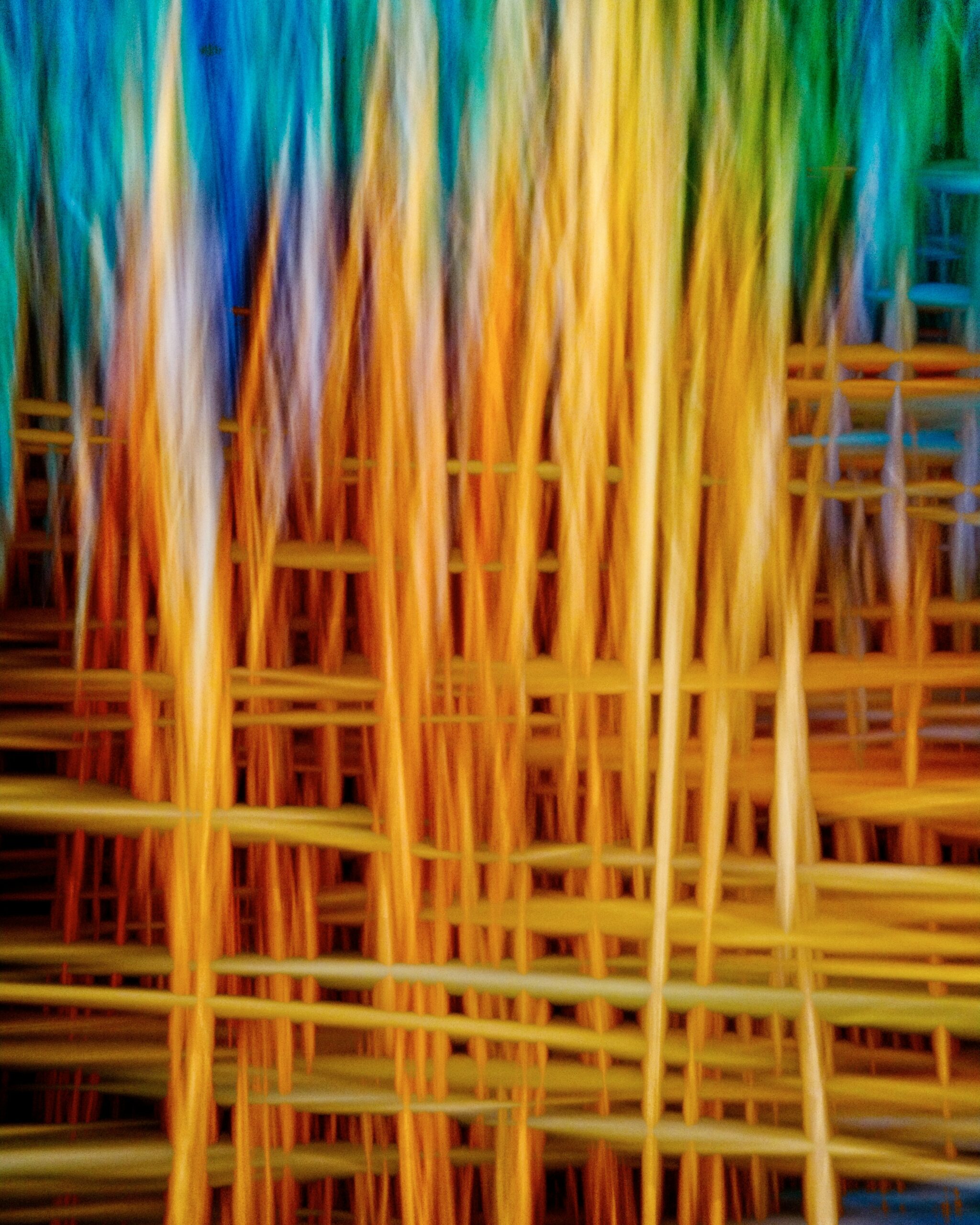Image credit: Unsplash
Just over three weeks ago, curator Aram Moshayedi issued an open invitation to visual artists and other creatives directly impacted by the devastating 2025 Los Angeles wildfires. The resulting exhibition, called One Hundred Percent, is donating all proceeds to the participating artists in a display of solidarity. To support the event, Moshayedi’s team is working entirely on a volunteer basis.
A Remarkable Number of Participants
More than 80 artists responded to the invitation, ranging from college graduates to preeminent figures like Diana Thater and Paul McCarthy, who lost their homes in the fires. The show is taking place at 619 N. Western Avenue from now until February 22, from 11 a.m. to 6 p.m. each day.
Artists Included in the Exhibition
Some of the artists who will be featured in the One Hundred Percent exhibition include Marwa Abdul-Rahman, Kelly Akash, Kathryn Andrews, Eddie Rodolfo Aparicio, Lisa Atkinson, Ronna Ballister, Seth Bogart, Peter Bonoff, Maura Brewer, Fiona Yun-Jui Chang, Ching Ching Cheng, Alma Cielo, Kevin Cooley, Steven V. Correia, Beatriz Cortez, Petra Cortright, Akina Cox, Moira Cue, Rhea Cutillo, Calethia DeConto, Lou Dillan, Matt Doolin, Victoria Franklin-Dillan, Devyn Galindo, Howard Goldberg, and many more.
Whether these artists are well-known or not, their work holds great value in such difficult times.
“I’m honored to be part of One Hundred Percent,” said Pomonis, “an exhibition curated by Aram Moshayedi that brings together artists impacted by the Eaton and Palisades Fires. This show is an act of resilience—a space for collective reflection on loss, transformation, and the enduring power of art… Let’s assemble in community and art.”
An Emotional Event
In anticipation of the February 13 opening, Moshayedi had this to say about the unique event:
“I think there will be a lot of emotions. It’s a convergence of people who have been affected either directly or indirectly by the fires, and will hopefully offer an opportunity for some kind of release.”
Art in the Face of Fire
There is a wide variety of work on display at the exhibition, and much of it was created in direct response to the fires. Whether through photographs taken in the aftermath or resilient artworks that withstood the flames, the exhibition speaks volumes about the disaster. It’s easy to overlook just how much art has been lost in wildfires, but viewing what survived carries a deep significance.
“As soon as the fires started,” Moshayedi continued, “I started collecting PDFs of available works by artists I knew to send around to collectors, donors, board members and others who I thought might be able to buy work in that moment of need. But I realised there were a lot more artists I didn’t know. I wanted to find a way to tap into that community of artists, who were anonymous to me, and lend whatever support and services I could as a curator.”
Making the One Hundred Percent Exhibition Happen
It was real-estate broker Geoffrey Anenberg who helped Moshayedi find the right space for the One Hundred Percent exhibition. After securing a venue on Western Avenue across from Zwirner, Moshayedi worked with Grief and Hope to send out the open invite. Working with an organization that raises emergency relief funds for artists and art workers proved to be an effective method, reaching numerous artists across Los Angeles.
“Keeping in mind that your various capacities may be limited,” the invite read, “the idea of what constitutes a contribution or participation is completely open-ended and at your discretion.”
Supporting Artists in Trying Times
For those interested in supporting artists impacted by the Altadena, Eaton, and Palisades fires, Moshayedi’s One Hundred Percent exhibition offers the perfect opportunity to do so.

